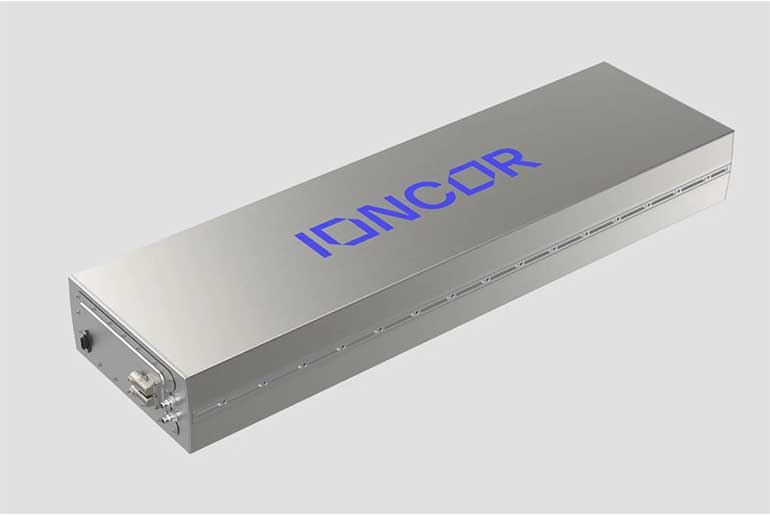IONCOR, one of Europe’s leading independent battery providers, has has introduced Energy Pack Long, a flexible, high-density battery system concept designed to make bus electrification faster, reliable and more cost-effective. It addresses the operational and economic requirements of bus manufacturers and operators while supporting a transition to zero-emission transport.
Bus electrification is advancing rapidly, with more than 800,000 electric buses already in service globally. In electrification, public policy is a major driver, as many cities and countries have set zero-emission bus targets for the 2030–2035 timeframe, supported by subsidies and procurement requirements.
Technological improvements, such as extended ranges and expanding charging infrastructure, are also making electric buses increasingly viable. Analysts expect that by the 2030s, most new city buses will be zero-emission, highlighting the growing importance of reliable, high-performance battery solutions.
“Operators need solutions that perform reliably across different climates, routes, and charging approaches while remaining cost-effective. Energy Pack Long has been designed specifically to meet these operational and economic requirements, helping fleets transition smoothly to zero-emission operations,” says Roberts Abele, CEO, IONCOR.
The Energy Pack Long battery system by IONCOR is engineered specifically for bus applications. It delivers a capacity of 79 kWh, operates at 666 volts, and achieves the industry-leading energy density, making it suitable for integration into a wide range of bus platforms. The system is designed for long life cycles and supports fast charging, enabling both depot and opportunity charging strategies.
The Energy Pack Long incorporates a modular architecture, allowing multi-battery configurations from 79 kWh up to 1,000 kWh at system capacity steps of 79 kWh, and with different chemistry options to match operational needs. A cell-to-pack approach eliminates intermediate modules, increasing energy density and reducing pack weight and size. Cost efficiency is achieved through high-volume cells, a simplified pack architecture, and tailored warranty options, supporting fleet planning and ownership models.



